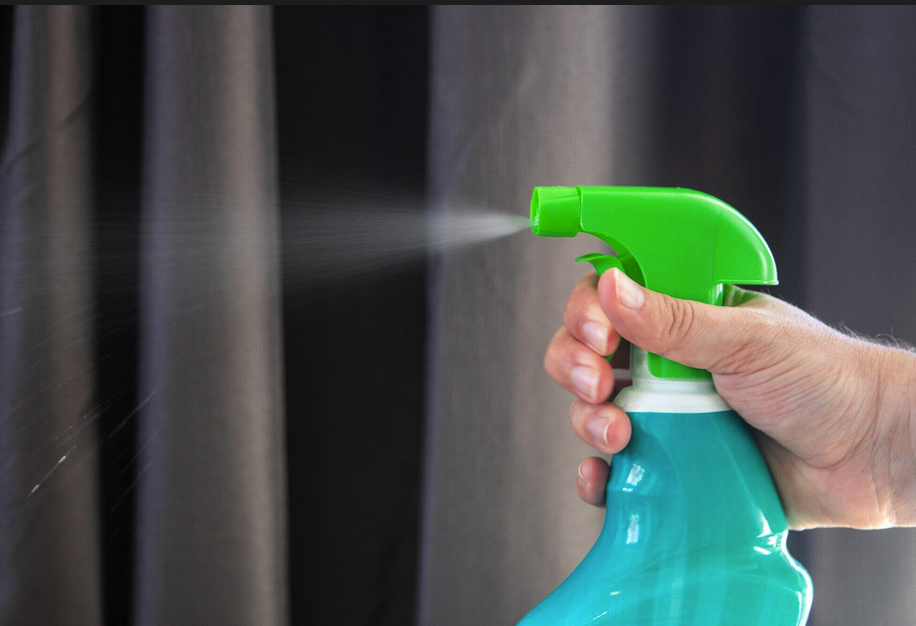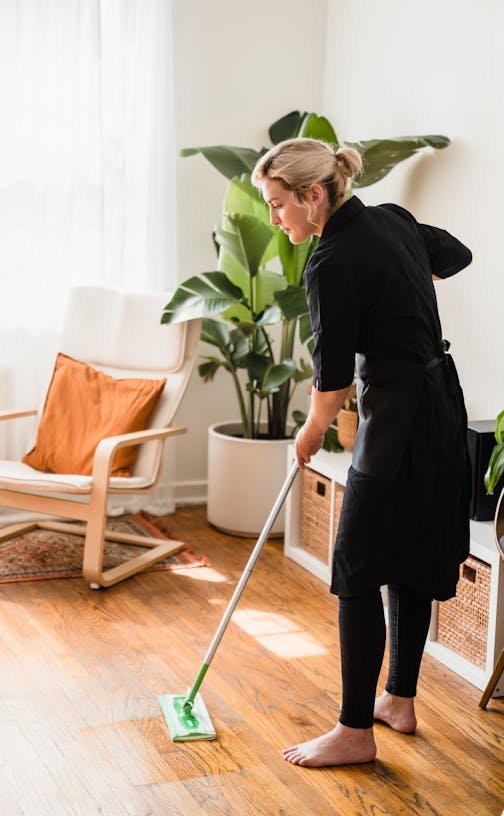Did you know that the global plumbing market is expected to touch a market value of $82.2 billion by 2030?
The plumbing system is an essential part of any building. It provides clean water for drinking, cooking, and cleaning. It also ensures proper disposal of waste through drainage systems.
However, like any other system, plumbing too requires maintenance. It can sometimes face emergencies that need immediate attention.
In this guide, we will discuss how to understand and resolve these plumbing emergencies effectively. Read on to learn more!
Types of Plumbing Emergencies
Plumbing emergencies can arise due to various reasons such as clogged drains, burst pipes, and leaky faucets. Here are some common types of plumbing emergencies:
Clogged Drains
A clogged drain can be a result of debris, grease buildup, or foreign objects getting trapped in the pipes. This can lead to slow drainage or even complete blockage of the pipe. If not addressed, it can cause water backup and damage to your plumbing system.
Burst Pipes
Burst pipes are a serious plumbing emergency that requires immediate attention. They can be caused by frozen pipes, high water pressure, or old and corroded pipes. A burst pipe can cause flooding and extensive damage to your property.
Leaky Faucets
A leaky faucet may seem like a minor issue. But it can waste a significant amount of water and increase your utility bills. It can also indicate a larger underlying problem in your plumbing system.
Sewer System Backup
A sewer system backup is a messy and hazardous plumbing emergency. It can occur due to blockages in the main sewer line, tree root invasion, or damaged pipes.
This can cause sewage to back up into your home. It can lead to health hazards and property damage.
Faulty Water Heater
A malfunctioning water heater is another common plumbing emergency. It can result in no hot water, leaking tanks, or, in worse cases, a burst water heater. Regular maintenance is crucial to avoid such scenarios and ensure a steady supply of hot water.
Low Water Pressure
Low water pressure can be a frustrating issue. It often indicates a problem in your plumbing system, such as pipe corrosion, clogged pipes, or leaks. Identifying and fixing the root cause is essential for restoring proper water flow.
Running Toilets
A running toilet can waste hundreds of gallons of water daily, leading to high water bills. This issue occurs when the internal components of the toilet are faulty or improperly set. It can also be a sign of a more significant issue with your plumbing system.
Sump Pump Failure
Sump pump failure is especially problematic in areas prone to basement flooding. It can be caused by power outages, stuck switches, or improper installation. Ensuring a functional sump pump is vital for preventing water damage during heavy rainfalls or snow melts.
Frozen Pipes
Frozen pipes are a common issue in colder climates where temperatures drop significantly. The water inside the pipes can freeze, expanding and causing the pipes to crack or burst. This can lead to significant damage and inconvenience.
Overflows
Overflow problems, often occurring in toilets and sinks, can lead to significant water damage and sanitation issues. They are usually caused by blockages in the drain lines or malfunctioning stop valves.
Gas Line Problems
Gas line issues represent a critical emergency due to the risk of gas leaks. This can lead to explosions or poisoning.
Gas line problems can be caused by damages, old pipes, or improper installation. Regular maintenance and timely repairs are crucial for ensuring the safety of your home.
Symptoms of a gas leak include:
● The smell of sulfur or rotten eggs
● Hissing sounds near gas lines
● Dead vegetation around the pipeline area
● Bubbles in standing water near the gas line
Hiring a reputable company, such as Action Services, is crucial for addressing gas line problems. Professional technicians can safely diagnose and fix issues, provide preventative maintenance tips, and ensure your system's safety and efficiency. Regular expert inspections and maintenance help keep gas lines safe and functional.
Tips for Handling Plumbing Emergencies
Plumbing emergencies can cause panic and chaos, but there are steps you can take to handle them effectively. Here are some tips:
Stay Calm and Assess the Situation
It is essential to stay calm and assess the situation before taking any action. This will help you understand the severity of the problem and determine the necessary steps to resolve it.
Turn off the Water Supply
The first step in any plumbing emergency is to turn off the main water supply. This will stop the flow of water and prevent further damage. Knowing the location of your main water shut-off valve is crucial in such situations.
Use Plumber's Tape
If you have a leaky faucet or pipe, using a plumber's tape can help temporarily seal the leak. This will prevent further water damage and give you time to call a professional plumber.
Unclog Drains
Using a plunger or drain snake can help in unclogging drains. However, avoid using chemical drain cleaners as they can cause damage to your pipes. If the clog is severe, it's best to call a professional plumber for assistance.
Contact a Professional Plumber
For more complex plumbing emergencies, it is best to contact a professional plumber. They have the expertise and equipment to handle any issue effectively.
It's crucial to choose a licensed and experienced plumber for quality services. To help you, check out Water Pros Plumbing. They offer emergency plumbing services and have a team of trained and certified plumbers.
Preventing Plumbing Emergencies
While some plumbing emergencies are out of our control, there are steps you can take to prevent them from occurring. Here are some preventive measures:
Regular Maintenance
Regular maintenance is crucial for keeping your plumbing system in good condition. This includes inspecting pipes, checking for leaks, and cleaning drains regularly. It can help detect and resolve potential issues before they turn into emergencies.
Avoid Pouring Grease and Oil Down the Drain
Grease, oil, and other fats should never be poured down the drain. They solidify in cold water and can cause blockages in your drainage system. Properly disposing of them in sealed containers is the best way to prevent clogged drains.
Insulate Pipes
Insulating pipes in colder climates can help prevent them from freezing. This will reduce the risk of burst pipes and potential water damage.
Address Minor Issues Promptly
Don't ignore minor plumbing issues, such as a dripping faucet or slow drain. They can lead to more significant problems if left unaddressed. Timely repairs can save you from costly emergencies.
Install Water Leak Detectors
Water leak detectors can be invaluable in preventing emergencies by alerting you to leaks before they cause major damage. These devices can be installed in areas prone to water leaks. This can include under sinks, near water heaters, and washing machine hoses.
Know Your Plumbing System
Understanding the layout and components of your plumbing system can help you identify potential issues early on. Familiarize yourself with the location of pipes, main shut-off valves, and how to operate critical plumbing components. This knowledge can be crucial in preventing and mitigating emergencies.
Use Strainers in Drains
Place strainers in sinks, showers, and bathtubs. This can prevent hair, soap bits, and other debris from clogging your drains.
This simple measure can keep water flowing freely. It also avoids the buildup that leads to clogs and potential plumbing emergencies.
Avoid Chemical Drain Cleaners for Clogs
Chemical drain cleaners may seem like a quick fix for clogged drains, but they can cause more harm than good. The chemicals can corrode pipes and cause further damage, leading to costly repairs.
Schedule Annual Plumbing Inspections
Having a professional plumber inspect your plumbing system annually can help catch potential problems before they escalate. These inspections can identify weak pipes, slow leaks, corrosion, or other issues that might not be obvious to the untrained eye.
Educate Your Household on Plumbing Care
Teaching your household about proper plumbing care can go a long way in preventing emergencies. This includes not flushing foreign objects down the toilet, avoiding excess use of garbage disposals, and being cautious with what goes down the drain.
Check for Tree Root Intrusion
Tree roots can cause significant damage to your plumbing system by invading pipes in search of water. It's essential to inspect the areas around your yard where pipelines are laid. If you notice any signs of root intrusion, contact a professional plumber for assistance.
Install Backflow Preventers
Backflow preventers are crucial in protecting your potable water supply from contamination due to backflow. Install these devices in areas prone to sudden changes in water pressure. This can prevent contaminated water from reversing the flow and entering the clean water supply.
Monitor Water Pressure Regularly
Excessive water pressure can stress your plumbing system and lead to leaks or burst pipes. Installing a water pressure gauge and adjusting your water pressure with a regulator can prevent such issues.
Upgrade Aging Pipes
Old and corroded pipes are more prone to leaks and bursts. If your home has an older plumbing system, consider having it assessed by a professional plumber. Upgrading to modern, more durable materials can significantly reduce the risk of emergencies.
Navigating Plumbing Emergencies Confidently
Plumbing emergencies can be stressful and costly. But understanding how to identify, address, and prevent them can save you from potential disasters.
Remember to stay calm and follow the necessary steps to resolve any plumbing emergency effectively. And don't forget to schedule regular maintenance and inspections to keep your plumbing system in top condition. Take care of your plumbing system, and it will take care of you!
Do you want to see more helpful tips you can use right now? Feel free to explore more of our blog!















